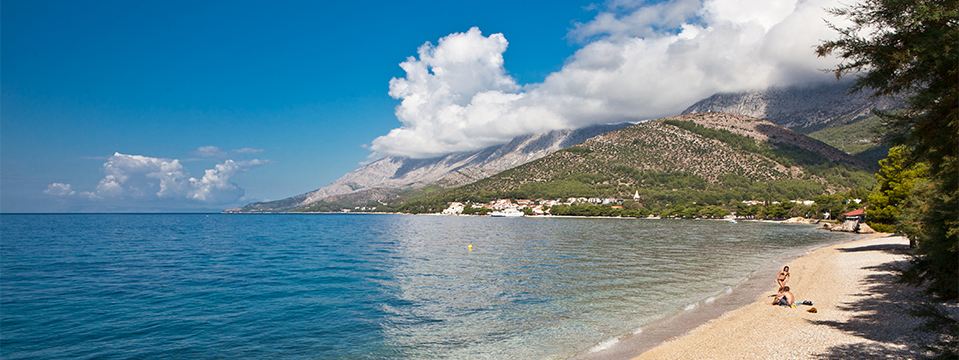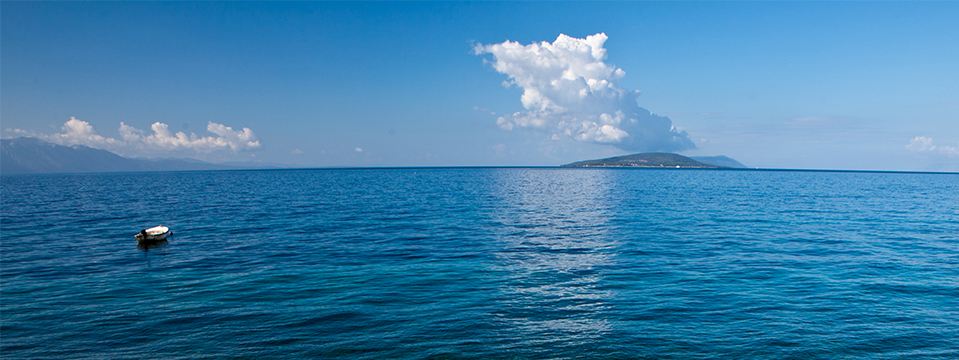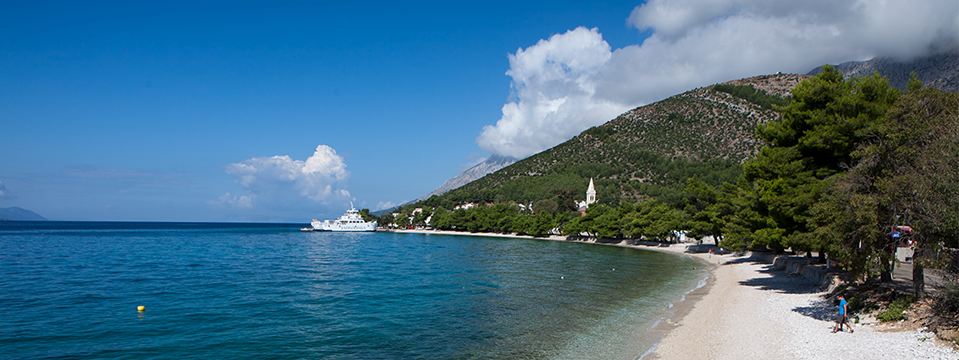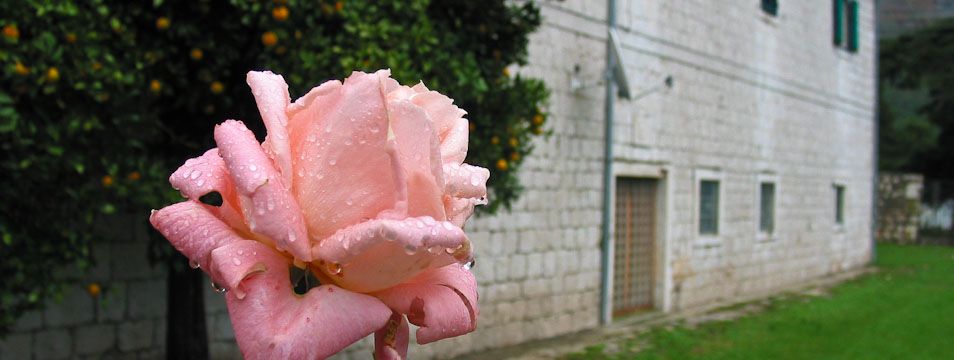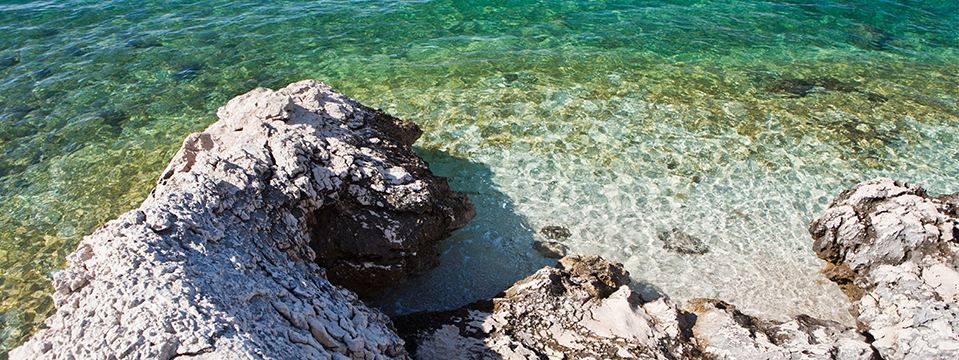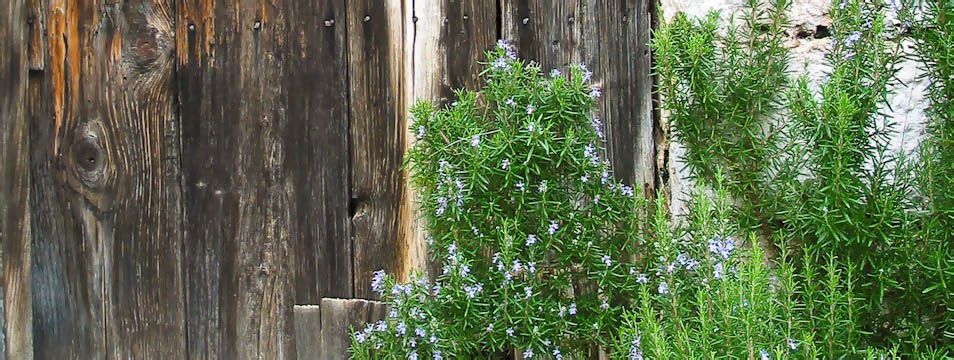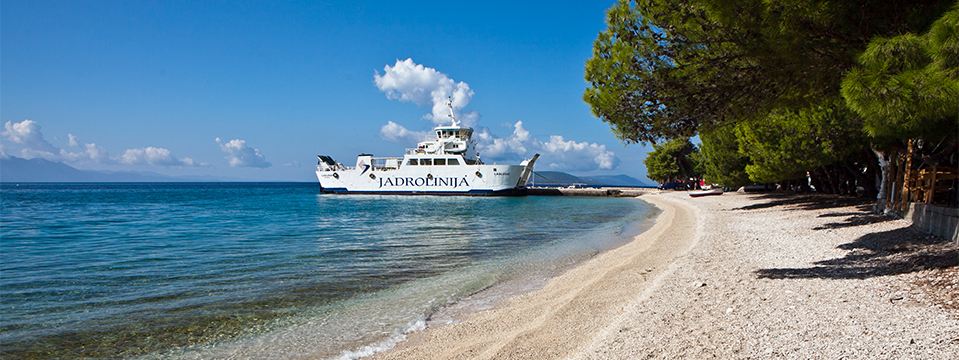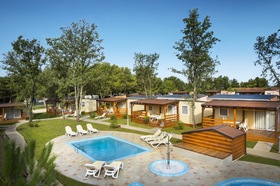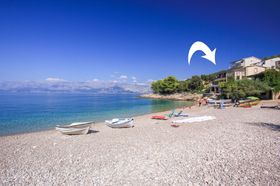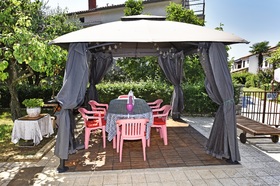Zaostrog - Makarská Riviera
Key Info
Zaostrog is a tourist settlement on the Makarska coastline,about 35 km from Makarska,It was mentioned for the first time1494, but this area was inhabited in the ancient past, as is shown by a granite handle qern from the late Stone Age, discovered at viter, The hill about Zaostrog in 1953.
Zaostrog was also settled by ancient Illyrians, as is confirmend by numerous cemeteries of of burial mounds.A rich cultural life existed at zaostrog in the period of Roman rule, as can be seen from the numerous classical moumments,particulary the stone ones; a relief of dancers and flute players in Illyrian attire, arelief showing the deity of Mithras, and two tombstones.
After arrival of the croats in the 7th century, the settlement recived the slavic name ostrog mentioned around 950 AD by the Byzantine Emperor Constantine Porohyrogentus as one of four fortified cities of the ""Pagania"" of the neretvan princedom (Morkon,Berulia,ostrok,Labinteza). Medieval Ostrog(meanin ""fortress"") was located at high point below mali Viter and later a new settlement called Zaostrog developed below the hill of Šapšnik on the north of Zaostrog plain and to the northwest of the town cited by Porohyrogentus. In the 15th century,the feudal lords of Zaostrog were Croatian noblemen, the Vlatković-Jurjević brothers,Who had fortified castle at viter, as is shown by the ruins,theremains of ancient fortificatin, particulary a stone threshold with a relief a hand.
In the 17th century,theinhabitants of zaostrog began to settle on the coast line,and finnaly everyone moved from upper settlement to the area along the se after an earthquake in 1962. The old town of Zaostrog contains three churches:the erley gothic church of StBarbara with a cemetery in the Roman section the church of St.Roccus from the 17th century, and the newer church of St.Barbara from 1872.There are a further three small chaples;St Anthony in the village (1893), the church of our lady at Kučina (1911) at St. Elias At Prosik (1894).The largest and most important cultural monument in this area, and evan beyond,is the Franciscan monastery of St Mary. The monastery is considered to have been founded in the 14th century.It was established by the monks of the orderof ""hermits of St.Augustine"" called Agustinians who abandonaded the monastary after the fall of bosnia in 1463 and retrated to islands.Franciscans from the province of Bosnia Srebrena settled in the abandoned monastary in1468 and are still present today.The Franciscan succeeded in inproving the monastary, even under thr difficult conditons of Turkish rule to the extent that in 1640 it was proclaimed one of the most beautiful moasteries of this large province, acordig to the evaluation of vistation team from Rome. One of the most important cultural monuments that illuminates the cultural level of the monastary at that time is a stone inscription written in the Croatian language and special script (""Bosančica"") from 1589, located above the main entrance to the church.
The Monastary at Zaostrog was at that point an internationally famus piligrame sie that was included in list of marian sites trought the world.The monastary also had an important role in education of future priests was located in it.Even during zhe period of the Turkisch rule ,an elementary andliberal arts school existed in 1640, later followed by classical secondary school,and philosophy and religious faculties.The monastery at Zaostrog was Father Andrija Kačić Miošić.the Croatian poet, writer, and philosopher,born at brist 1704 and died at Zaostrog in 1760,and Father Ivan Despot(1886) a croatian writer and poet.A.K.Miošić-""Old Man Milovan¨"" ,as he called himself, was educadet in the Zaostrog monastary, took orders there,further created his literary works there,died and was buried at the monastery. The Monastary at Zaostrog is often called ""Kačić monastary"". The Monastary also contains a picture gallery featuring one of the most famus living Croatian painters, Mladen Veža, born in Brist 1916.
The monastary museum also contains an ethnology collection, of rustic furniture and tool, as well asvarious examples of Croatian folk attire. The collection is registered as a cultural monument under state protection.The monastary gardens has been turned in to botanical garden containig more than 250 plants,particulary featuring:seven types of mimosa, Fivetypes of palms and mapels, fourtypes of eucalyptus,a Chinese jujbe tree Chinese currants, etc.
Today Zaostrog, as a tourist settlment of southern Makarska coast, is completley oriented to the development of tourism.Zaostrog is settled permanently by som 350 inhabitants, mostly emloyed in hotel and resturants services an tourism.
The town has 750 beds available in private residences,villas and boarding houses, with further 600 places at the Auto Camp ""viter"".Located in an evergreen valley an surrounded by the foothills of the biokovo range,with spectaculares beaches,and with a rich historical an cultural tradition, in the immediate vicinty of numeros attractive destinations for excursions, Zaostrog is a attractive place for pleasant vacation.
Makarská Riviera - next resort
Show- Baška Voda - (42)
- Bratuš - (3)
- Brela - (46)
- Brist - (23)
- Drašnice - (19)
- Drvenik - (12)
- Gornja Podgora - (3)
- Gornji Tučepi - (3)
- Gradac - (23)
- Igrane - (30)
- Krvavica - (2)
- Makarska - (81)
- Malá Duba - (3)
- Podaca - (46)
- Podgora - (57)
- Promajna - (24)
- Tučepi - (24)
- Zadvarje - (2)
- Zaostrog - (14)
- Živogošće - (8)
- Živogošće - Blato - (3)
- Živogošće - Mala Duba - (6)
- Živogošće - Porat - (11)
- Živogošće - Strnj - (1)
Central Dalmatia - rivieras
Show- Imotsko Polje - (7)
- Island Brač - (410)
- Island Čiovo - (240)
- Island Drvenik Mali - (9)
- Island Drvenik Veli - (3)
- Island Hvar - (352)
- Island Šćedro - (1)
- Island Šolta - (70)
- Island Vis - (69)
- Makarská Riviera - (486)
- Riviera Omiš - (333)
- Riviera Split - Podstrana - (143)
- Riviera Trogir - (338)
- Zagvozd - (2)
Croatia - other regions
Show

